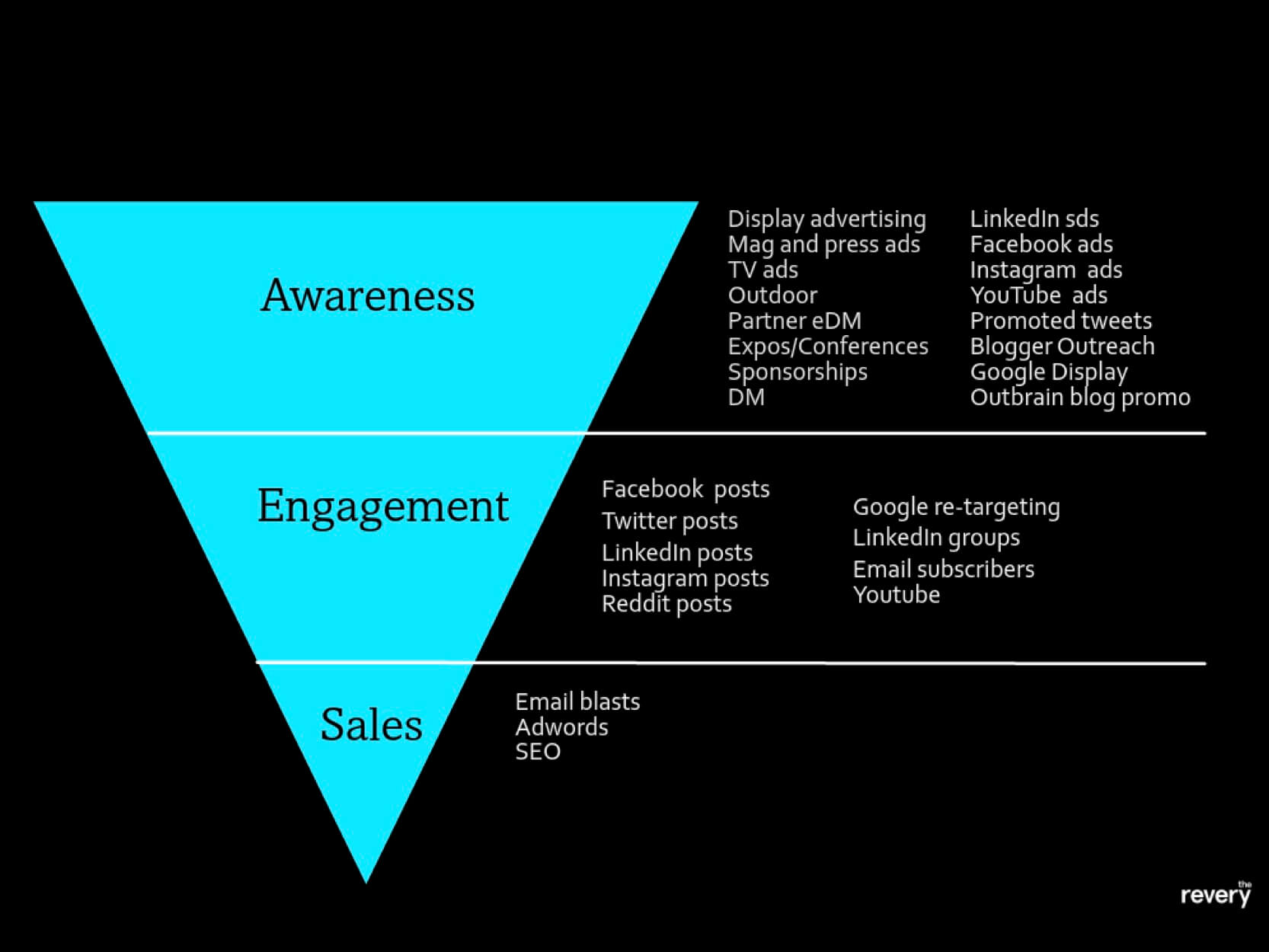Sitting at number 2 of my top 5 most disliked, clichéd sayings, is ‘how long is a piece of string’.
If I am sitting opposite someone and they say it, I want to slide under the desk like I’ve just been given a very fast acting poison and if I’m standing I would like to fall to the ground like a narcoleptic goat.
One of the areas of marketing that seems to throw up the string quite often is the plan itself. So to avoid sleep or death, let me have a red hot crack at turning an indescribable length into something quite specific.
Let us begin with the 4 key areas of expenditure within a marketing plan.
1) Sales assets
These are your tools, such as logo, website and sales collateral. You can’t go on to the other key areas of expenditure until sales assets look good and are a clear representation of your brand. This is because when leads come in and you look a mess people will be turned off and the conversion rate to sales will be super low.
2) Awareness building
It makes sense that if people don’t know you exist they can’t buy from you. The potential channels to raise awareness are long and growing as you’ll see below.
3) Engagement
In real life it takes meeting someone quite a few times before you really like them. I mean like them, like them, as in you think they are your kind of person, a person you might be able to have a giggle over a wine with or if you are a man and you find giggling over a wine emasculating, a hearty guffaw over a beer. As with people, getting your brand to be liked and trusted takes time and quite a lot of repeat visibility.
4) Sales
This is the part when people are ready to buy and want to buy NOW! It doesn’t have to come after the other two but often does.
Below are many but not all options available to you in the key buckets of expenditure and it is exhaustively long list.

Using all channels available would be a full time job of 200 people and the cost of a small country. So how to work out which ones for your business? Well it involves your customers and a giant carving knife.
Step 1
Take a firm and in depth look at your customers. These are the people who dictate what stays in the plan and what goes. If you have a huge disparate customer base choose 10 of your most profitable customers and the ones who treat you well and base it on them. Think about what these people are doing from Monday 7am through to Sunday 10pm and where and when they would be receptive to your message. When in doubt speak to some of your customers. Custies love to give their opinions and they hold some gold insights for marketing plans.
Next create a table with three columns, first column writeall the ways your customers could interact with you and are open to choosing you (from the above list). Second column write how many of them could be reached through the channel per month. In the third column write how much it would cost to reach them through this channel per month.
Step 2
Calculate a figure for marketing based on 8-10% of your projected sales. For example, if expected projected sales are $1m allocate $100k to marketing. Later, when you have a baseline and can work out how much marketing is contributing to sales you can up or down the percentage. Carve away at the plan until it reduces down to this figure. Throw out any channels that are absolutely unaffordable first. Most of the time this will get TV deleted from the list unless you have a large projected sales target and a very mass customer base.
Next start cutting channels that will only reach low numbers of your audience. Your aim is to craft your plan to reach as many of your target audience as possible when and where they are open to receiving information about you.
Step 3
Carve off another 40% in same manner as above and allocate that to producing creative. Creative can range between 10% and 80% of a businesses budget. A TV ad for a big corporate would be 10% of a media buy but brands like Nike spend 80% on creative and 20% on social media to seed the creative. For the majority of work we do for our clients, creative sits at 40%, so even though I’m not the boss of you, I say leave 40%.
Finally place all your work into a 12 month calendar. Ideally you want to have a low weight presence in market all year (so people don’t forget you and have time to like you) but a larger presence in the months that lead up to your biggest sales periods. Saying that if budget is an issue just focus on 3 month chunks before and during your biggest sales seasons.
Piece of string measured down to the last millimeter? May you now take your string and go forth and prosper!




